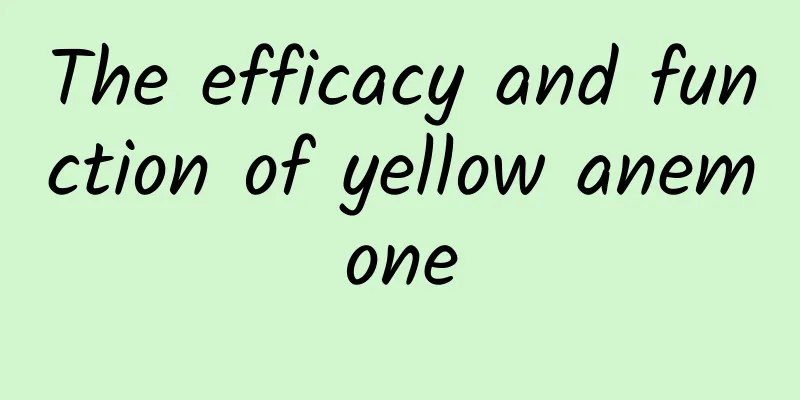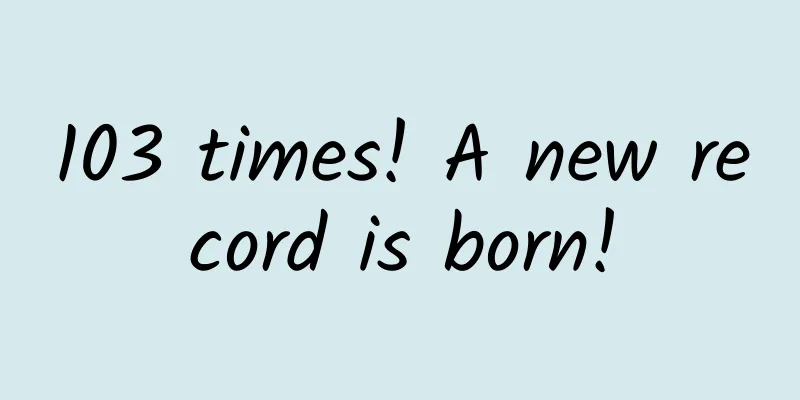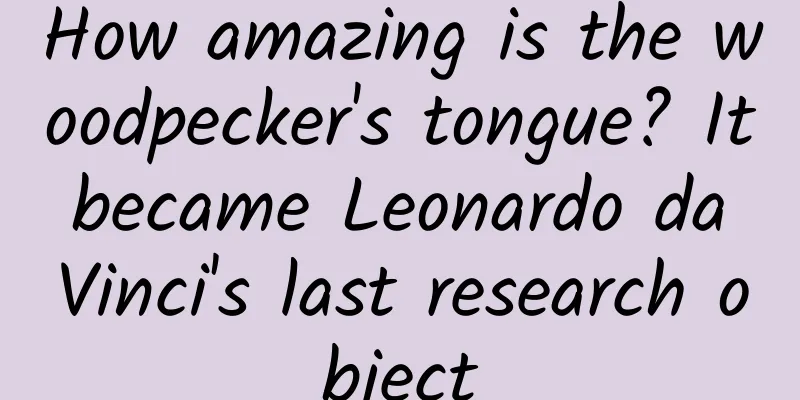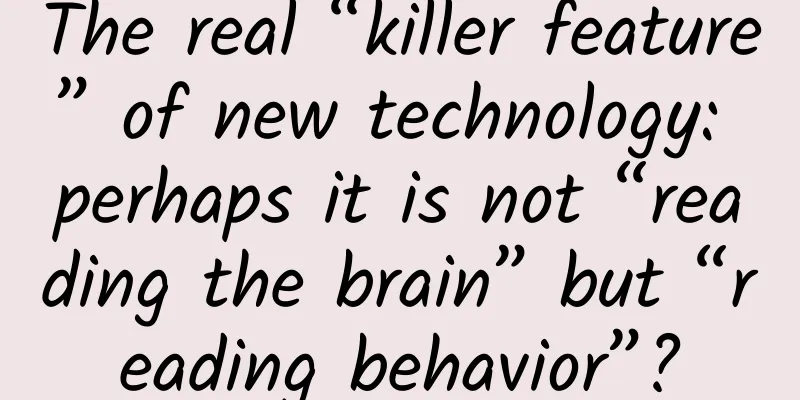The efficacy and function of yellow anemone

|
Yellow anemone is a medicinal material that can treat many diseases. If consumed scientifically and healthily, it can bring great benefits to our physical health and disease treatment. Now let’s take a closer look at the effects and eating methods of yellow anemone. 【English name】 yellow sea anemone [Other names] Sea chrysanthemum, sand tube, sea butt root [Source] Medicinal material source: the whole body of the yellow anemone of the family Astronomicanemone. [Original form] The yellow anemone has a variable body shape. When stretched, it is cylindrical; when contracted, it is bilaterally symmetrical. The body height is 30-90mm and the body width is 30-70mm. Most of them are medium-sized. The top of the body is the oral disc, on which there is a pattern of radial stripes and rings. The base color of the oral disc is grayish white and blue-brown of varying shades. The mouth is located in the center of the oral disc, is slit-shaped, and is surrounded by light pink lips. There are several circles of tentacles around the edge of the oral disc. The tentacles are slender and retractable, light brown in color, and some are pink. They are arranged neatly in multiples of 12, with a total of 96 tentacles. Their length is approximately equal to the diameter of the oral disc, and each tentacle is slightly equal in length. There are white spots on the oral side of the tentacles; there are about 20 gray-white nodules at the base of the anti-oral side. The body color varies greatly, with gray-brown or gray-green on the upper part and yellow-brown or flesh-colored on the lower part. There are warty suckers on the body wall, more on the upper part than on the lower part. The lower part is nearly smooth, and the suckers are often filled with small grains of sand or broken shells. The body is often buried in the sand, with a round foot plate at the lower end, fixed on the rocks at the coastal high tide line or on the rocks in the sand of residual water pits. When the tide goes out, the tentacles stretch out like a chrysanthemum, and if disturbed they shrink into the mud and sand. A very common species. [Habitat distribution] Ecological environment: The body is often buried in the sand, with a round foot plate at the lower end, fixed on the rocks at the coastal high tide line or on the rocks in the sand of residual water pits. When the tide goes out, the tentacles stretch out like a chrysanthemum, and if disturbed they shrink into the mud and sand. [Chemical composition] The whole plant contains anthopleurin A, B and C. The relative molecular mass of the yellow anemone cardiotonic peptide A is about 5500, and it is composed of 49 amino acid residues, including 3 cystine residues. The cardiotonic peptide C from the yellow anemone is composed of 47 amino acid residues. It contains 2-aminoethyl phosphate and N-methyl-2-aminoethyl phosphate, with the contents being 0.02μmol/mg and 0.15μmol/mg of the total protein respectively. It also contains phosphate compounds including cholecalciferol phosphate. Contains carotenoid pigment (peridinin), which is 5ˊ,6ˊ-epoxy-3,5,3ˊ-trihydroxy-6,7-didehydro-5,6,5ˊ,6ˊ,-tetrahydro-12,13,20-trinor-β,β-caroten-19ˊ,11ˊ-olide-3-acetate. [Pharmacological action] Yellow anemone cardiotonic peptide has a significant cardiotonic effect. The half effective dose of the yellow anemone cardiac peptide A for the isolated atrium of guinea pigs is 4.4×1O9 gram molecules. It can increase the contractile force of the heart of mammals, but does not increase the cardiac effect. It has no significant effect on Na+/K+ adenosine triphosphatase, monoamine oxidase, and adenosine-3,5-phosphodiesterase, and its cardiotonic effect is 200-1000 times stronger than that of ouabam. The median effective dose (50% effective dose) of the cardiotonic peptide C from the yellow anemone on the isolated atrium of rats is 3.0 × 109 gram molecules. [Toxicity] The median lethal dose of cardiotonic peptide A from the yellow sunflower is 0.3-0.4 mg/kg. 【Nature and flavor】 Salty; neutral; toxic 【Meridian】 Liver; spleen; large intestine 【Functions and indications】Astringent and firming; dispelling dampness and killing insects. Mainly used for hemorrhoids, rectal prolapse, leucorrhea, tinea corporis, pinworms, etc. 【Usage and Dosage】 For external use: appropriate amount, chop or dissolve in water for external application. For internal use: decoction, 1 piece. 【Note】 This product is poisonous and is mostly used for external use. It should be taken with caution. [Discussions by various scholars] "Chinese Medicinal Animals": It has the effects of astringing, drying dampness and killing insects. Treat hemorrhoids, prolapse of the anus, excessive leucorrhea, pinworms, etc. 【Excerpt】 Chinese Materia Medica Through the above introduction, I found that the yellow anemone has so many pharmacological effects, and it also has good effects on some diseases. In fact, there may be many "treasures" around our lives, but most of the time we don’t have a heart that is good at discovering them. |
<<: The efficacy and function of rib flower
>>: The efficacy and function of Liangwang Tea
Recommend
What are the effects and functions of guava?
Have you ever come into contact with guava? In fa...
If you sleep too little, you will be sleepy forever? If you sleep too much, will it affect your intelligence?
Reviewer of this article: Chen Haixu, Deputy Dire...
The role of Tongcao
Tongcao is the stem pith of the Tongtu wood plant...
National Fitness Day | If you work hard on one part of your body, will that part of your body lose weight? Many people have fallen into these 10 fitness misunderstandings...
There are many opinions about sports and fitness ...
Without ultraviolet rays, meteorite impacts, or volcanic eruptions, life on Earth originated from...
How did the first chemical reactions at the origi...
The efficacy and function of a stick of incense
Nowadays, our living standards are constantly imp...
Why is this monkey's butt blue and mine isn't?
One of my daily tasks is to restore ancient anima...
The efficacy and function of wild ramie
Chinese medicinal materials are very effective in...
The efficacy and function of cucumber
Cucumber is a commonly used medicinal material in...
Perilla leaf foot bath
What are the effects of soaking feet in perilla l...
Don’t throw away these kitchen wastes, you can eat them after hydroponics!
In the past two months, how to stock up on vegeta...
The efficacy and function of Artemisia sphaerocephala
There are so many medicinal herbs in the world, a...
What are the effects and functions of coltsfoot flowers
In our daily life, we mainly use coltsfoot as a m...
The "Roof of Europe" - Mount Etna has recently become popular again!
The "Roof of Europe" - Mount Etna has r...
The efficacy and function of tiger grass
Tiger grass is a kind of traditional Chinese medi...









